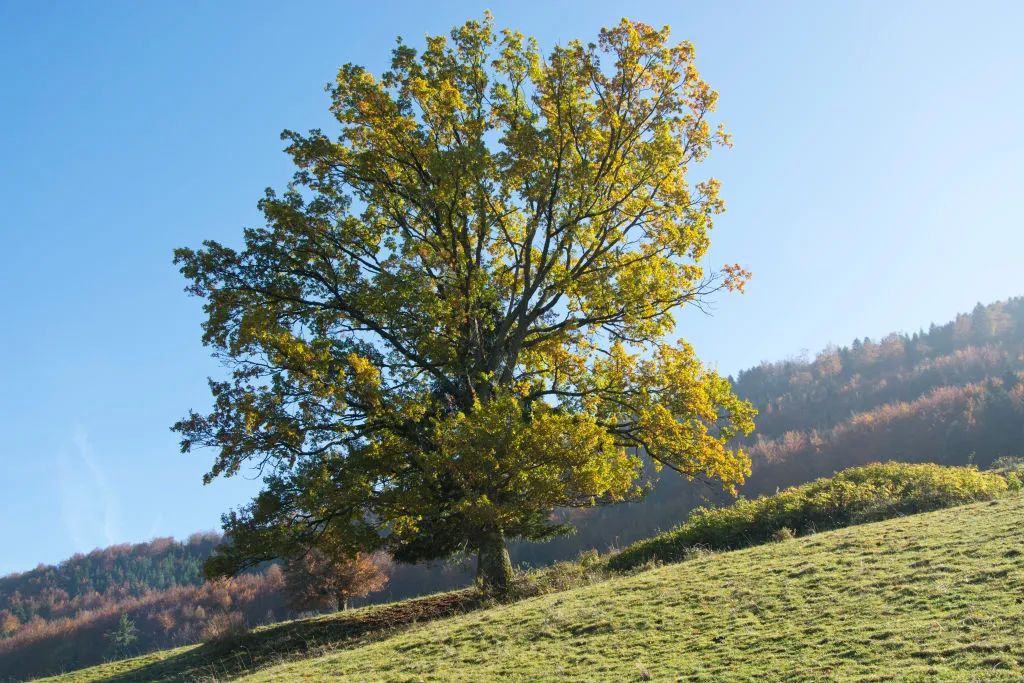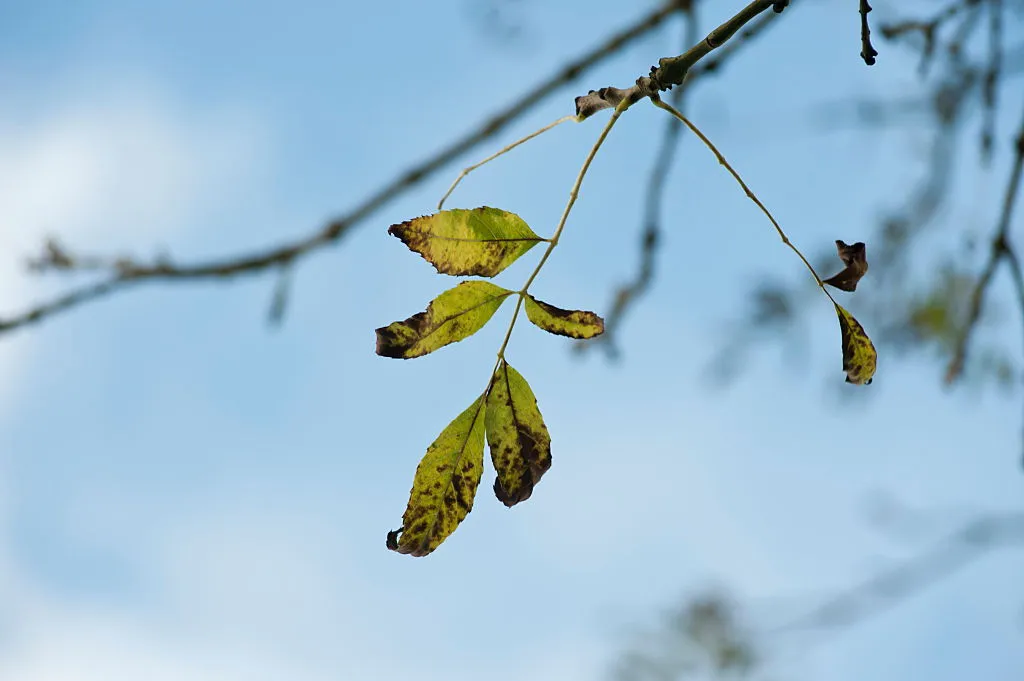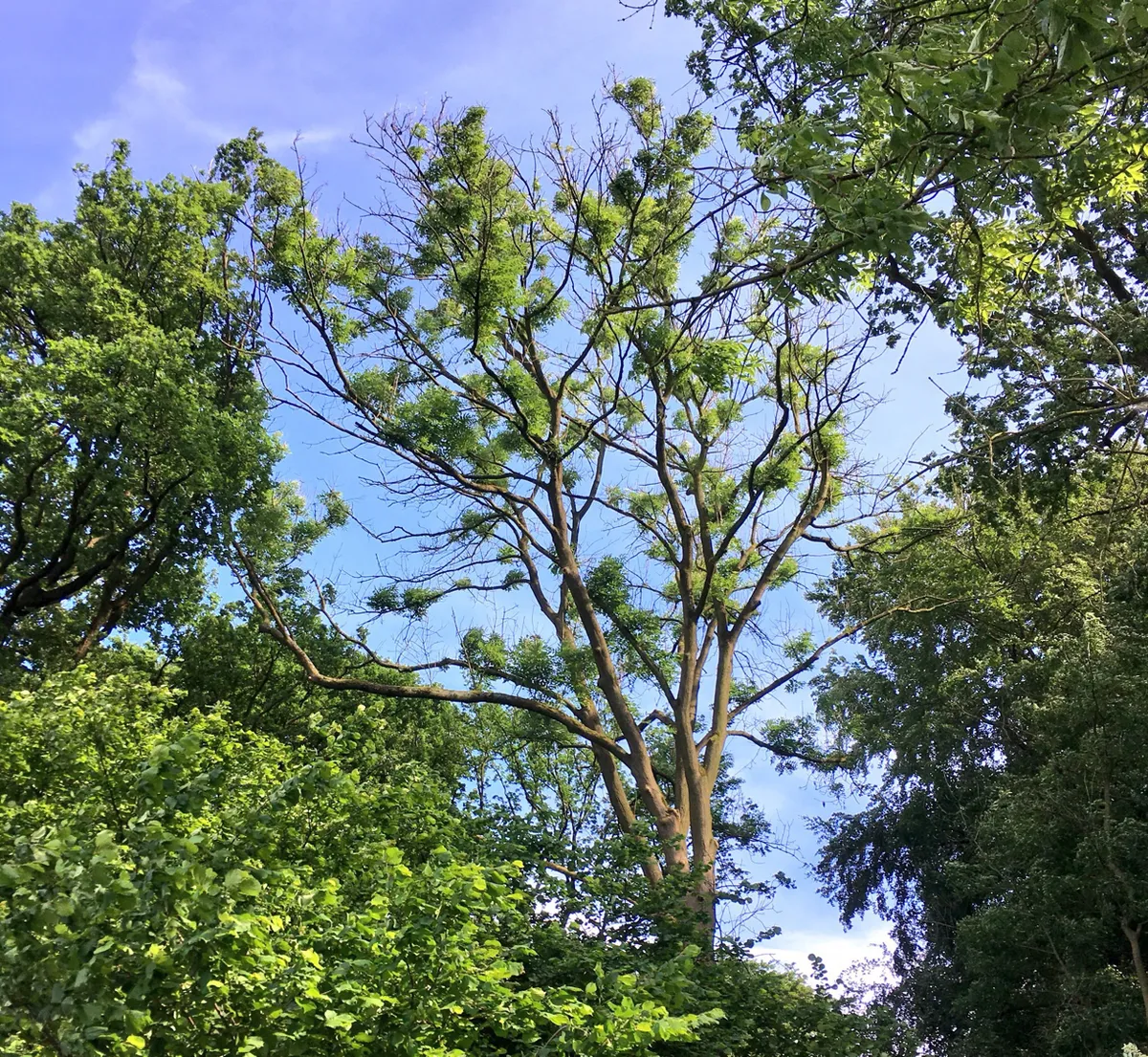1
What is ash dieback?
Ash dieback, which is sometimes known as 'Chalara' ash dieback, is a disease of ash trees caused by a fungus called Hymenoscyphus fraxineus.

2
Where did ash dieback come from?
It’s thought that the fungus found its way to Europe on commercially imported ash from East Asia. The first dying ash trees were reported in Poland in the 1990s and ash dieback has since spread all across Europe.
3
What are the symptoms of ash dieback?
Ash dieback causes leaf loss, crown dieback and bark lesions in affected trees. It also weakens the trees, making it more susceptible to other pests and pathogens such as Armillaria, or honey fungus.

4
What does ash dieback look like?
The first signs of an ash dieback infection are usually dark brown orange lesions on the leaves, and patches of brown, dying leaves. As the disease progresses trees will lose more and more leaves from their canopy and may develop lesions on their bark.
5
What is the significance of ash dieback?
Ash is one of our most common broadleaf trees and are an important habitat for a number of different species of wildlife. We don’t yet know what the full impact of ash dieback will be, but the disease has caused widespread losses of ash trees across Europe.

6
How does ash dieback spread?
The infection is spread via windblown spores, and through the movement of infected ash trees.
7
What is being done to help ash dieback?
Some trees appear to have genetic characteristics that make them tolerant or resistant to the disease. We are working to identify and understand these trees, which could help us manage the disease in the environment, and lead to the development of less susceptible varieties of ash in the future.
8
How can I report ash dieback?
You can report sightings of ash dieback using Tree Alert.